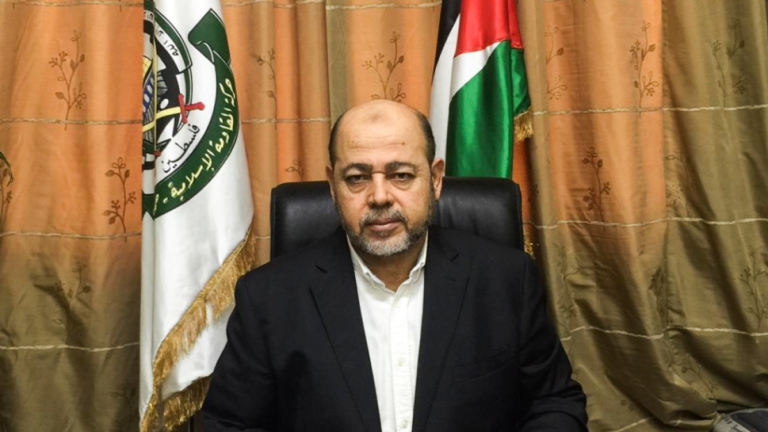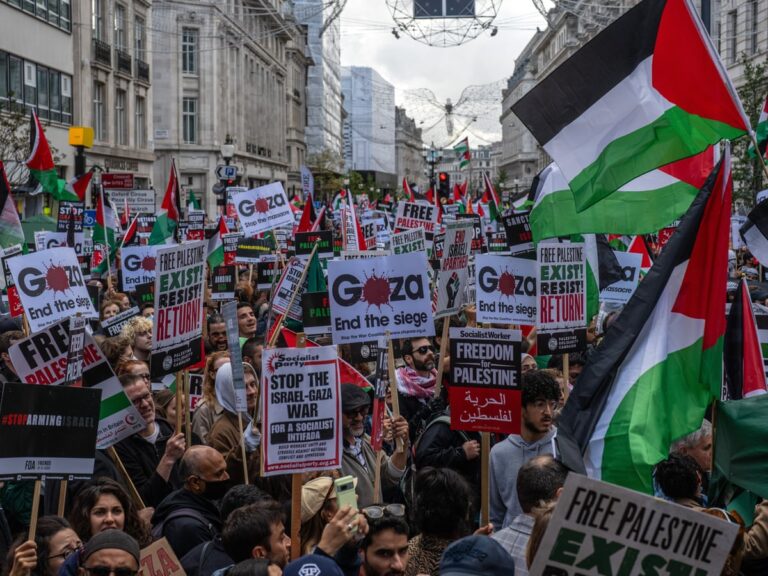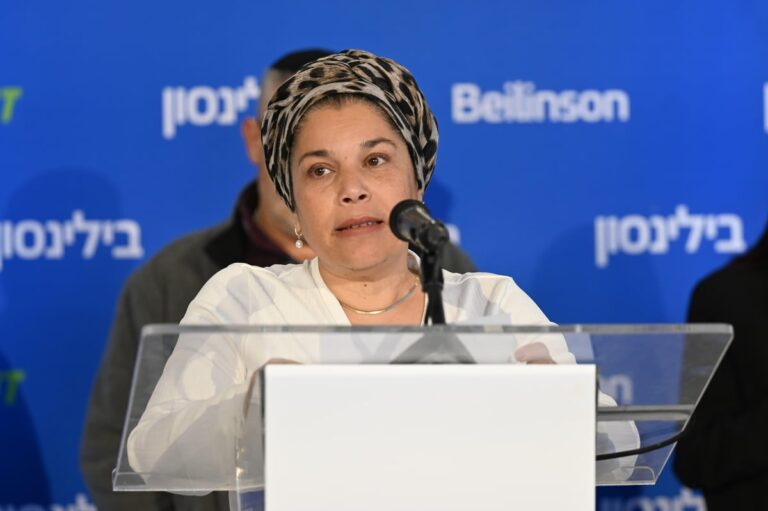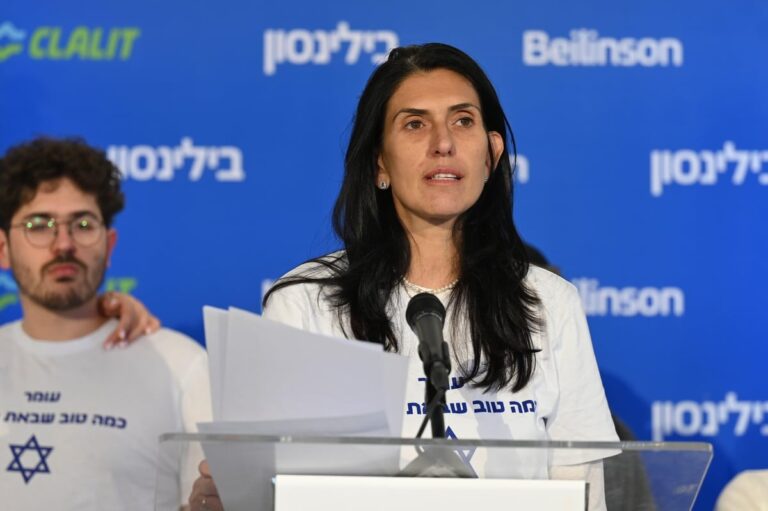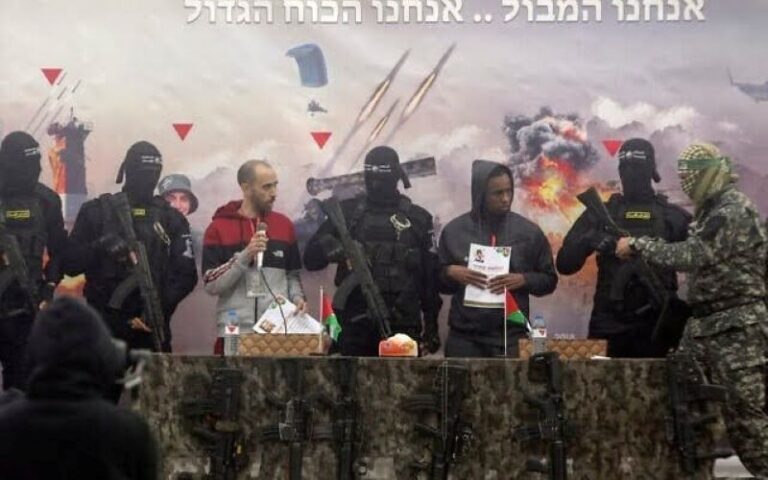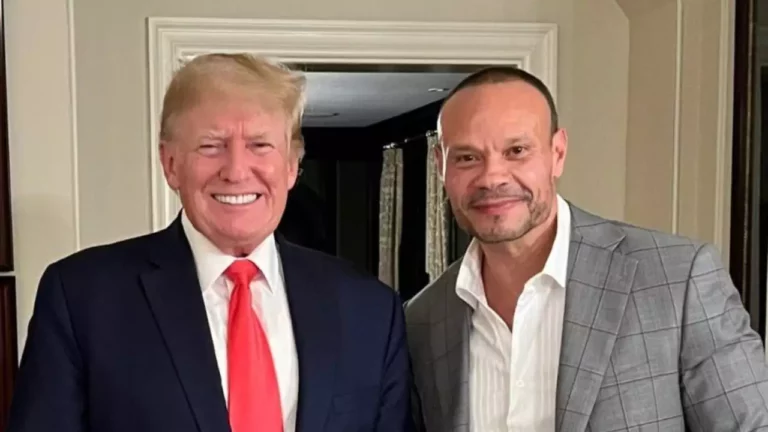 Defense Secretary Ashton Carter said Thursday that a number of details about the Pentagon’s newly adjusted mission in Afghanistan through the end of the Obama administration remain unclear, including how many U.S. counterterrorism troops will be deployed and how operations will be funded.
Defense Secretary Ashton Carter said Thursday that a number of details about the Pentagon’s newly adjusted mission in Afghanistan through the end of the Obama administration remain unclear, including how many U.S. counterterrorism troops will be deployed and how operations will be funded.
Carter, speaking on a military flight from Washington to attend the 2016 NATO Summit, said that advising Afghan forces and carrying out counterterrorism operations will both remain U.S. priorities. But pressed by journalists, he said he did not know how many of the 8,400 troops that President Obama announced Wednesday will remain in the country next year will be focused on advising Afghan forces versus striking al-Qaeda and other terrorists.
“We haven’t decided yet,” the Pentagon chief said.
There are currently about 9,800 U.S. troops in Afghanistan, with some 6,950 focused on the advising mission, known as Resolute Support, and the rest involved in raids and other counterterrorism missions in an operation known as Freedom’s Sentinel. Obama had planned to shrink the total number of troops there to about 5,500 by the end of this year, but deviated from that plan based on recommendations from Carter and senior U.S. military commanders.
The decision was announced just ahead of the NATO Summit, where U.S. officials are expected to press for continued support from allies for operations in Afghanistan.
A senior defense official, speaking on condition of anonymity in order to discuss Carter’s comments, said that Army Gen. John Nicholson Jr., the top U.S. commander in Afghanistan, is still determining “the specific number devoted to each mission. But the majority of U.S. troops in Afghanistan will remain focused on the advising mission, the official said.
Also unclear is how the Pentagon will pay for the increased number of troops in Afghanistan next year. Rep. Mac Thornberry, R.-Texas, chairman of the House Armed Services Committee, said in a statement Wednesday that the Obama administration immediately must submit a supplemental funding request to pay for the plan, and Carter said Thursday the Pentagon is considering how to proceed.
“Chairman Thornberry recognized that point, and we recognize that point as well,” Carter said. “We have to make a determination as we go through the process of estimating costs and what we already have in our supplemental or [overseas contingency operations] budgets.”
Some critics, including Sen. John McCain, R-Ariz., chairman of the Senate Armed Services Committee, have criticized Obama for not leaving 9,800 troops in Afghanistan going forward. Carter said that the new 8,400-troop plan was reached after discussions between Nicholson, Carter, Army Gen. Joseph Votel, the chief of U.S. Central Command, and Marine Gen. Joseph Dunford, the chairman of the Joint Chiefs of Staff.
“We didn’t start with any [specific] number. We started with a mission: What did we need to accomplish, and how did we accomplish that?” Carter said of the planning process. “We asked, ‘What do we think will be the best to have going into 2017?’ and we made that adjustment accordingly. And I’m very pleased the president agreed to make that adjustment.”
Carter said the decision to go with 8,400 troops next year is a function of wanting to take advantage of “additional opportunities” that have presented themselves over the last year.
Asked to provide an example, he said that the U.S. and Afghan militaries both found it helpful to continue the American advising role last winter as the Afghan National Army’s 215th Corps reset itself in restive Helmand province in between the traditional Afghan fighting season that takes place from each spring through late fall. U.S. commanders sent dozens of additional military advisers there in February to help rebuild the Afghan army after it had been battered by the Taliban last year.
Obama also approved in late May new authorities for U.S. commanders in Afghanistan that will allow them to launch offensive operations against the Taliban in some circumstances where it is determined they will have a strategic effect. Carter said Thursday that Nicholson already has made some “anticipatory moves” that use the new authorities to support Afghan forces.
“It’s giving him some flexibility, which is really important,” Carter said. “It stands to reason that being able to anticipate issues is better than having to react to them.”
Obama and Carter are both expected to meet with Afghan officials at the NATO summit this week and to press other NATO members to maintain the levels of support they have provided in the past, both financially and in terms of deployed troops. Top NATO officials signaled this spring that most nations contributing troops are likely to continue doing so.
As of May, there were about 6,000 coalition troops in Afghanistan that are part of the Resolute Support mission, most of which come from NATO nations. Afghan security forces also are funded almost entirely by the United States and its partners, with Washington contributing about $3.5 billion per year and other nations contributing a combined $1 billion. Afghanistan contributes about $500 million of its own budget to its defense.
(c) 2016, The Washington Post · Dan Lamothe

